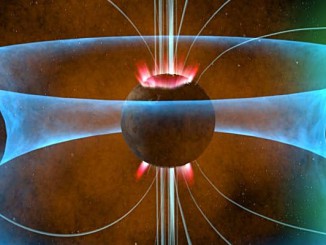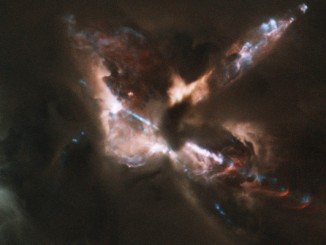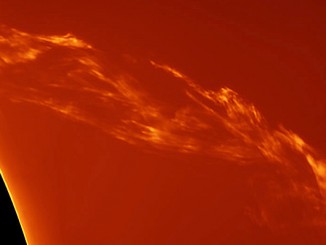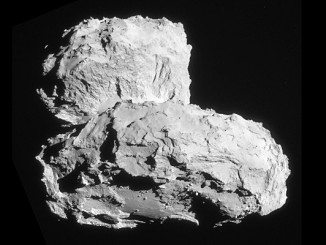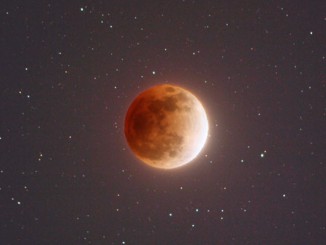
Get ready for October’s pre-dawn Moon and planet show
Now that planet Saturn is effectively lost in the dusk twilight for UK-based observers, you may be wondering what has happened to the other four bright naked-eye planets. Far from disappearing, they have just transferred to the morning sky. From 8—11 October, the waning crescent Moon acts as a guide to Venus, Mars, Jupiter then Mercury in the eastern dawn sky.

